Telehealth statistics demonstrate that patients choose digital health 38 times more often than in pre-pandemic times, and both patients and providers are satisfied with this choice.
Traditional healthcare is witnessing a paradigm shift as digital transformation gives patients and doctors even in the most distant areas access to high-quality and 24/7 available healthcare.
Record-breaking levels of implementation by healthcare organizations of small and big sizes indicate that the demand for telehealth services will only grow in the near future.
In today’s blog, we will discuss the main telehealth statistics and trends for recent years and beyond. Let’s dive in!
What is Telehealth?
While telehealth isn’t a new idea, the technology has drastically expanded its capabilities. Some years ago, it was associated only with urgent conditions when a doctor gave medical advice via phone, or jotted down a few notes. Today, it provides a secure system for video and phone appointments, access to patient portals and health records, and remote collaboration among clinicians.
Telemedicine Statistics on 2023
The telemedicine market has experienced a significant expansion since its inception in the 2000s. In 2022, the market was valued at $83.5 billion, and it is projected to continue its upward trajectory, hitting the number of $455.3 billion by 2030.
Here are more statistics on telehealth:
International Telehealth Usage Statistics
- Telemedicine services were used by 33% of patients in the United States in 2019.
- The age group that makes up the largest proportion of telemedicine users is 25-44 years old.
- Telemedicine usage saw a remarkable surge of 70-80% in 2020, primarily due to the COVID-19 pandemic.
- The use of telemedicine for mental healthcare has experienced a 50% increase since 2018.
Telehealth Statistics by Health Service
- Telehealth has become an increasingly popular option for mental health services. According to a report by FAIR Health, the use of telehealth for mental health services increased by 2985% from 2019 to 2020.
- According to a survey by the American Academy of Dermatology, 75% of dermatologists had used telemedicine in 2020, compared to just 2% in 2019.
- A report by McKinsey & Company found that the number of primary care telehealth visits increased by 50% during the COVID-19 pandemic.
Telehealth Satisfaction Statistics
- According to a survey conducted in 2018, 68% of healthcare providers reported using telemedicine as a means of enhancing patient access to care.
- Over 80% of people prefer telemedicine services over traditional in-person visits.
- According to McKinsey, 55% of patients believe that they receive a higher quality of care through telehealth as compared to in-office visits.
- BMC Health Services Research reports that 80% of patients who receive primary care through telemedicine on a regular basis are consistently satisfied with the level and quality of care they receive.
- A report by Sage Growth Partners states that over 50% of healthcare providers acknowledge the role of telemedicine in helping patients avoid emergency room visits.
The Cost of Telehealth
Telemedicine has demonstrated a positive impact on healthcare costs. By utilizing telemedicine services, patients can avoid costly and unnecessary emergency room visits, which often result in higher medical expenses. Additionally, telemedicine can help healthcare providers reduce overhead costs associated with maintaining physical facilities and staffing requirements. Here are some telehealth stats to prove this:
- According to mHealth Intelligence, the implementation of a virtual healthcare platform at Frederick Memorial Hospital in Maryland in 2016 led to a 50% reduction in the cost of patient care.
- A study by the FCC found that remote patient monitoring in a diabetes patient cohort led to improved patient outcomes and cost savings for patients of approximately $3,855 per patient per year.
- The FCC estimates that the adoption of telehealth technologies has the potential to save the U.S. healthcare industry a staggering $305 billion per year.





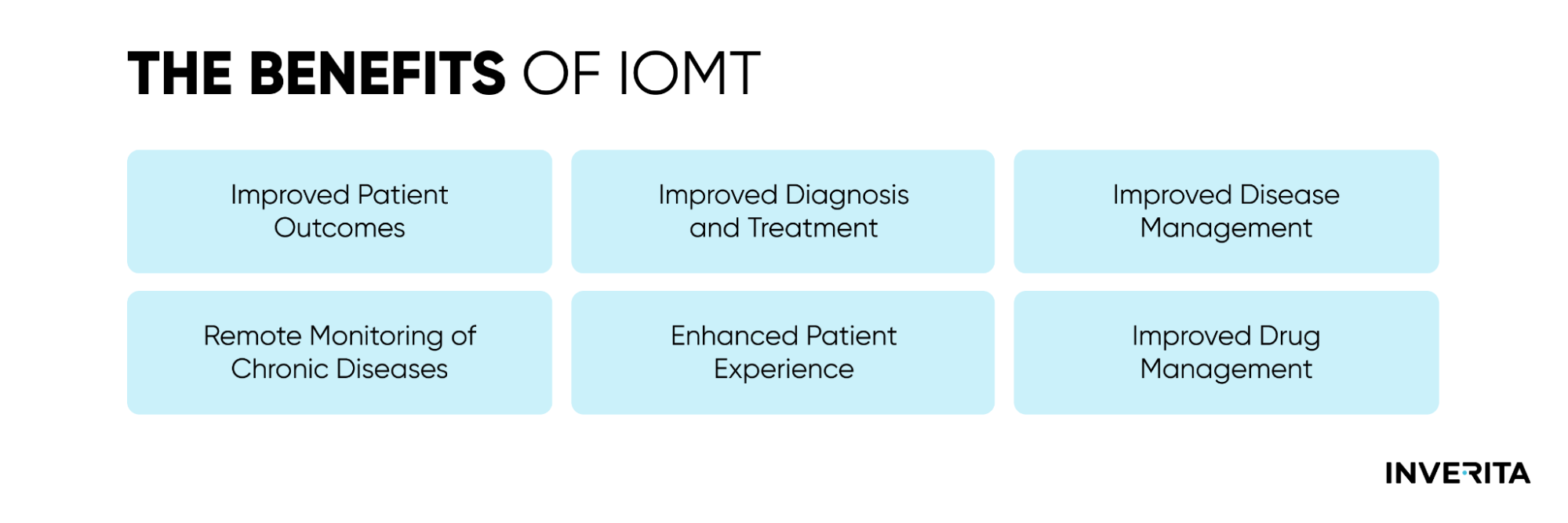
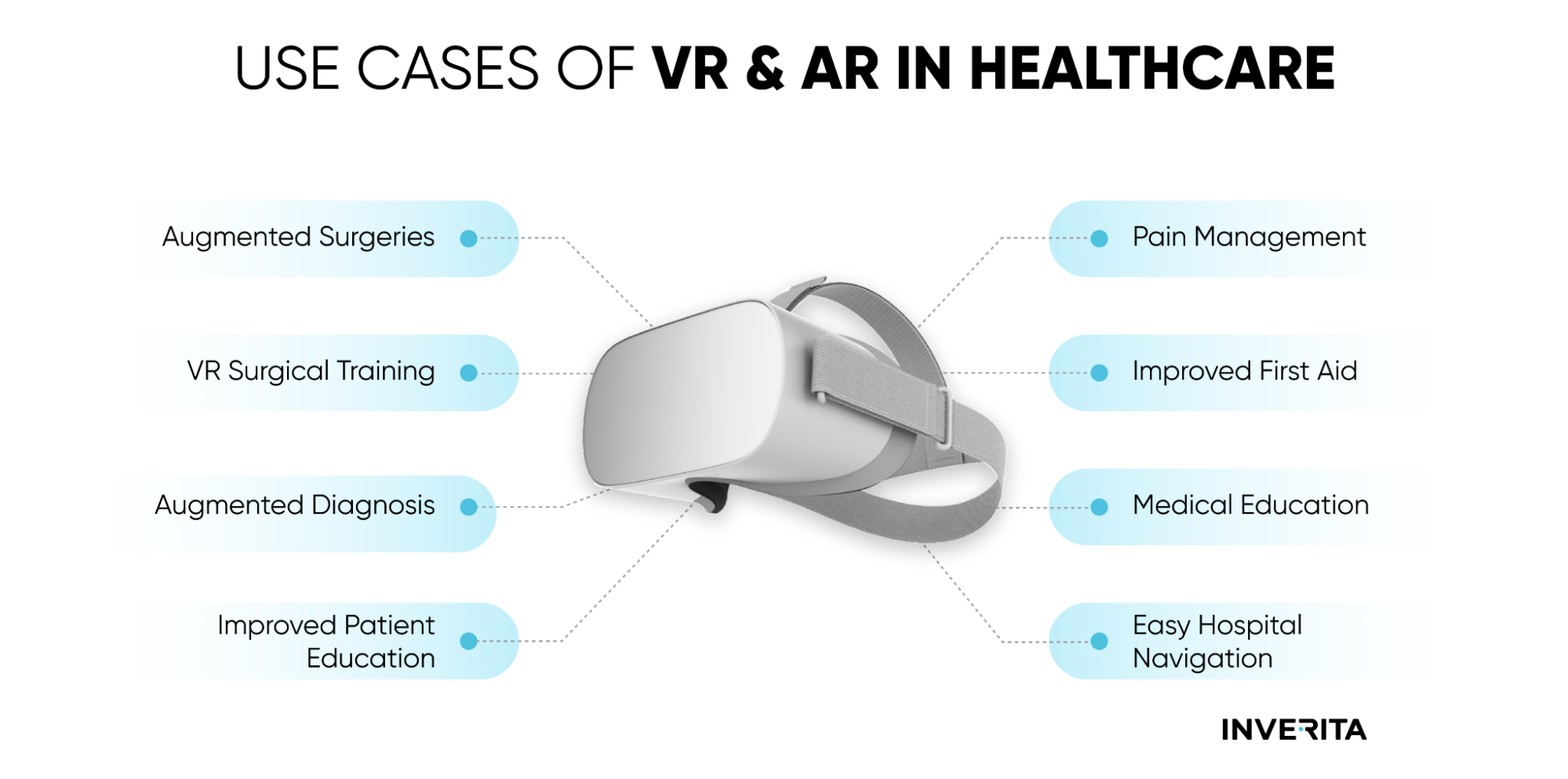
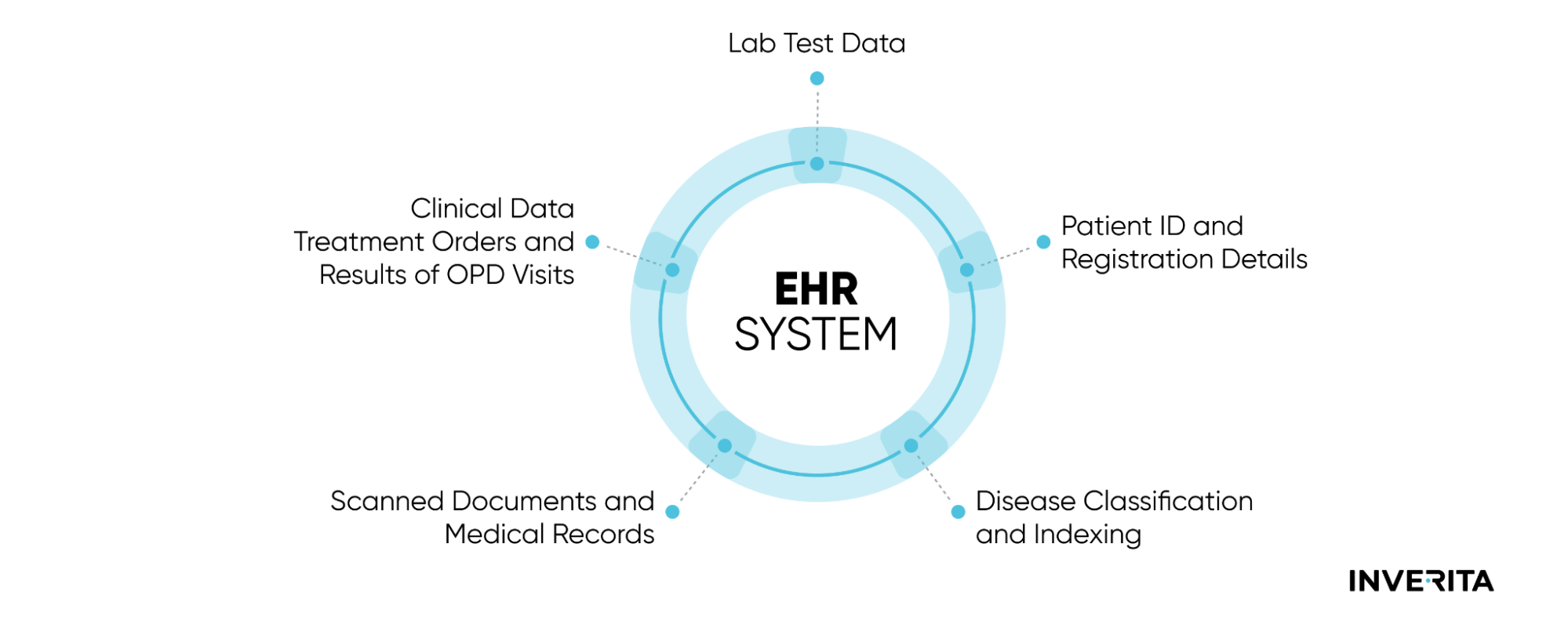
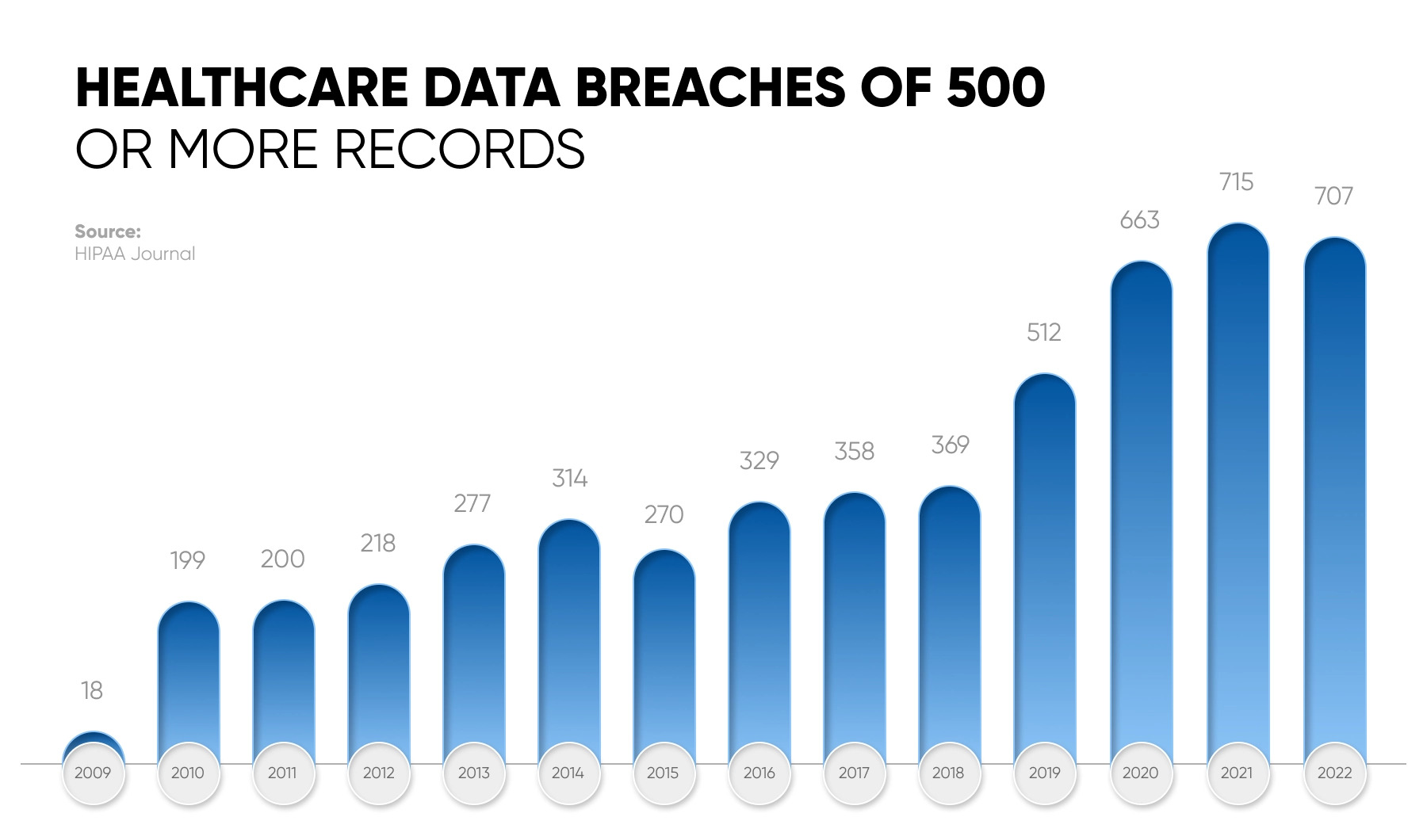
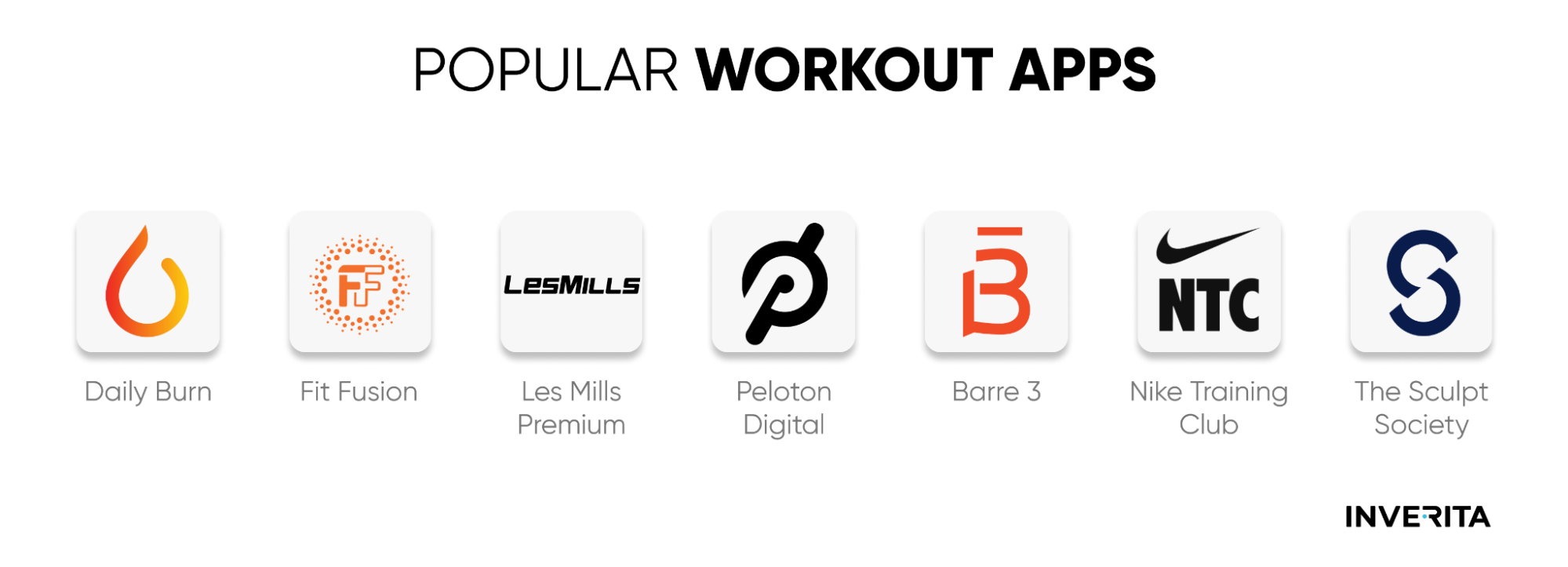


_1764586939-small.webp)
